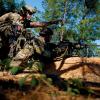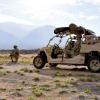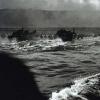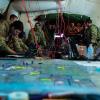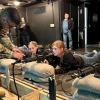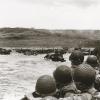Throughout my military career, I have had the pleasure of attending dozens of retirement ceremonies for senior officers. Although their stories were different, a common theme seemed to emerge. Many of the officers lost their family along the way or, at the very least, did not spend as much time with their family throughout the years as they could have or should have.
This is evident because their remarks during their ceremonies were filled with lament and phrases such as, “I’m sorry for not being there,” or “Your mom did a great job raising you kids.” Although nobody would argue that a U.S...






